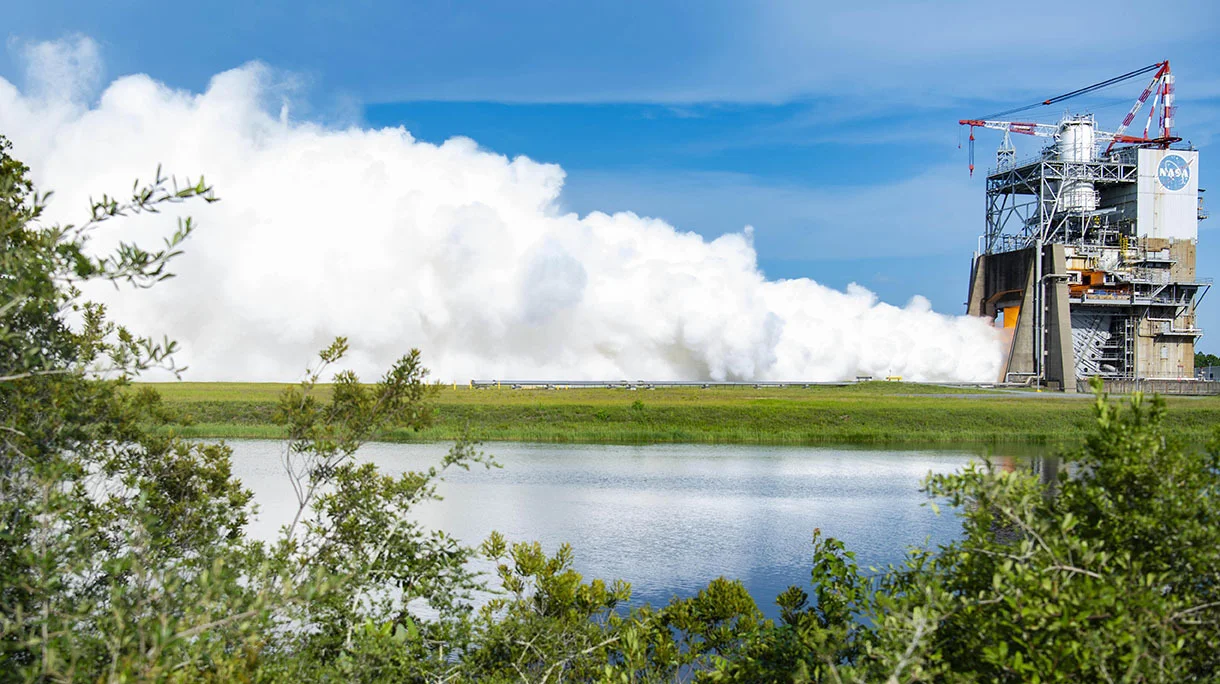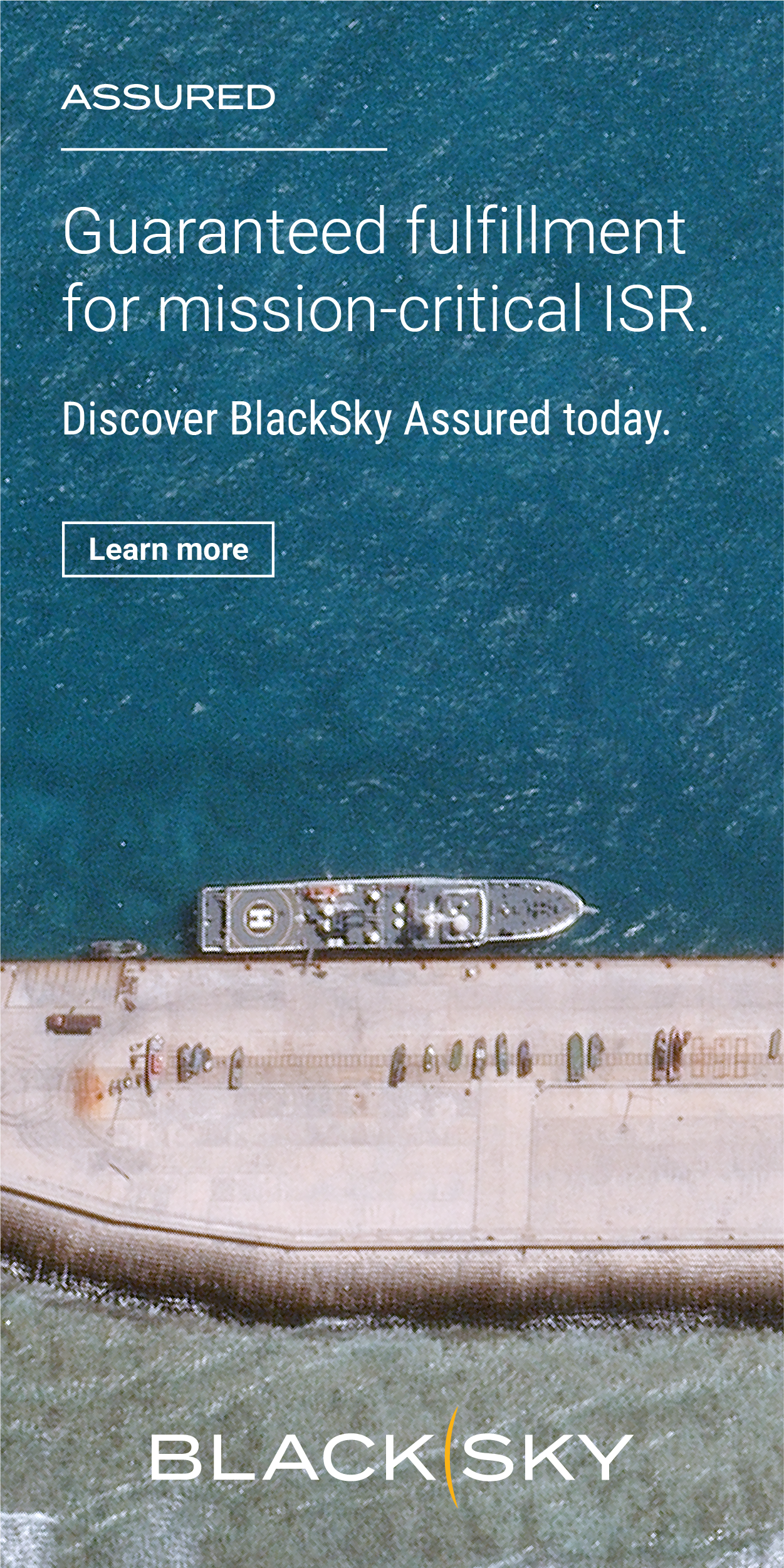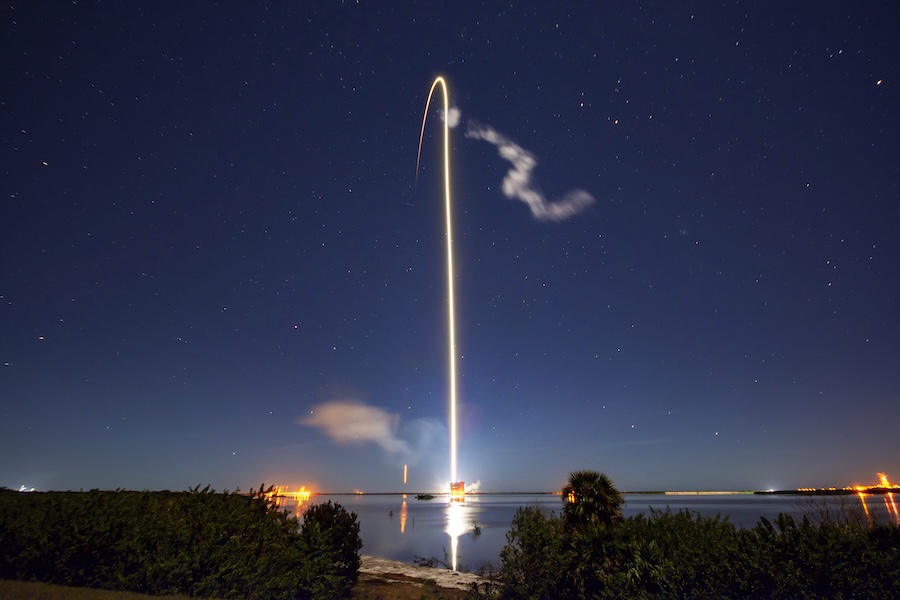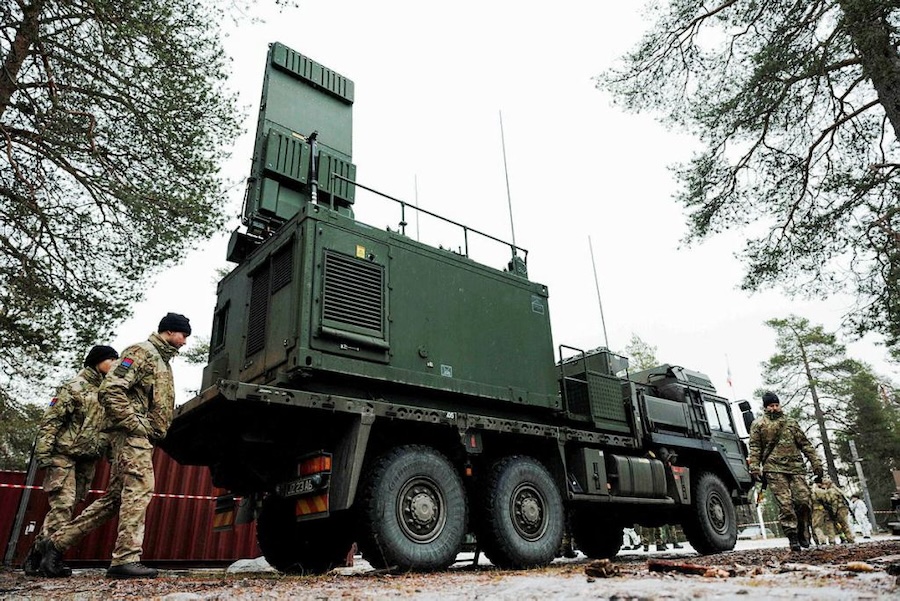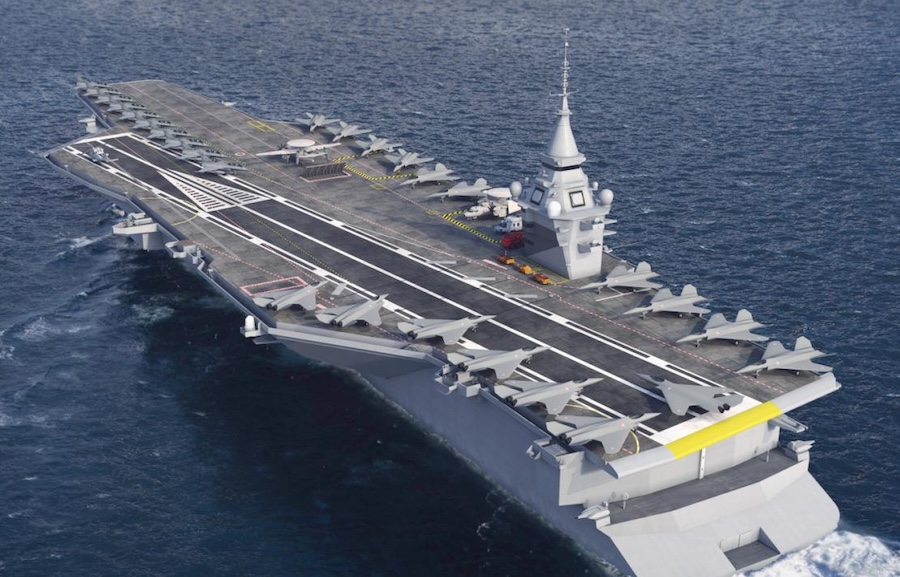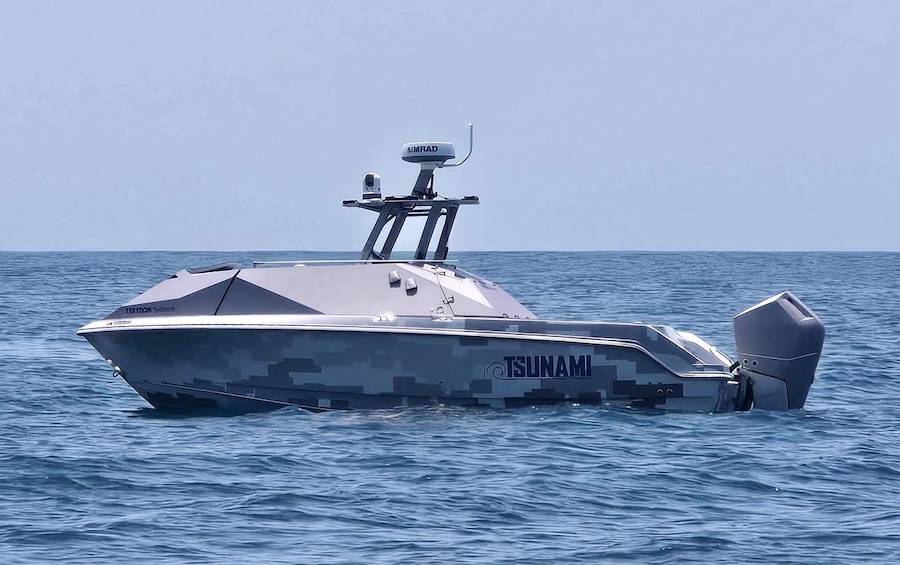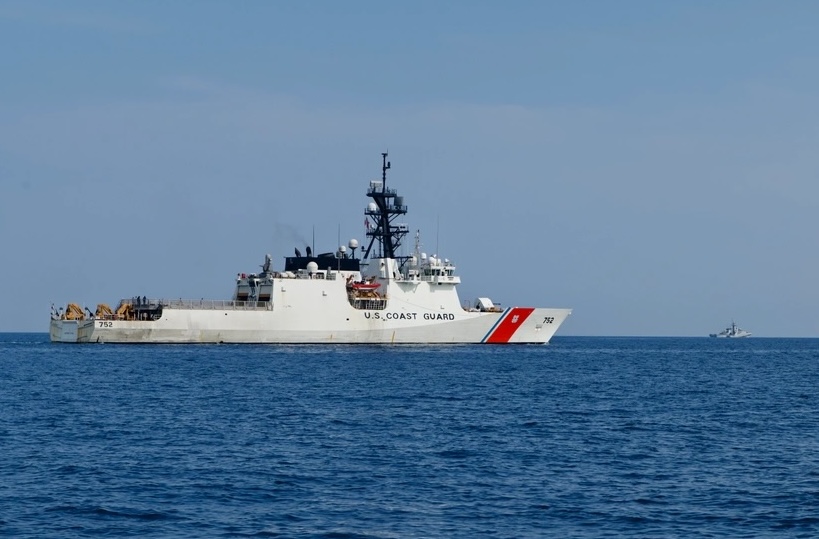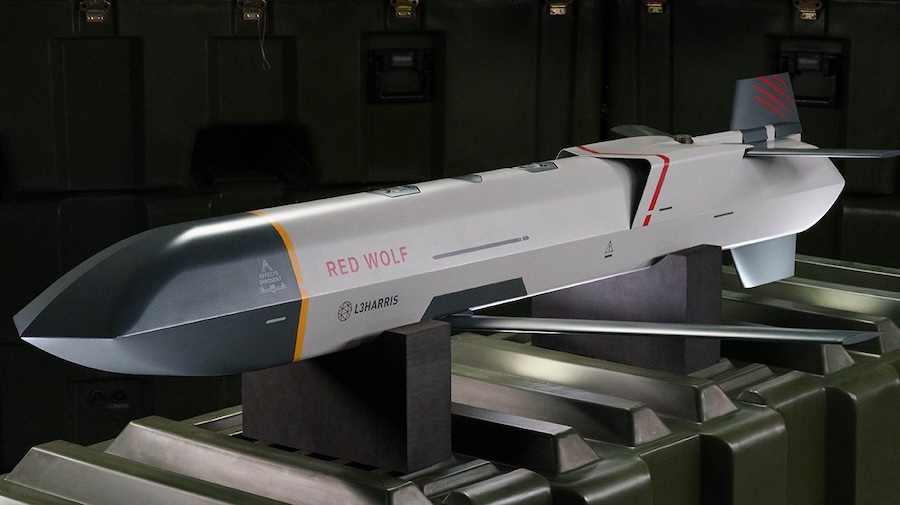During the 500-second acceptance test, the engine reached 111% of its rated thrust, exceeding the power levels used in the space shuttle programme. This demonstration confirms the engine’s enhanced performance, intended to support the continued advancement of U.S. lunar exploration efforts.
“This successful acceptance test shows that we’ve been able to replicate the RS-25’s performance and reliability, while incorporating modern manufacturing techniques and upgraded components such as the main combustion chamber, nozzle and pogo accumulator assembly,” said Kristin Houston, President of Space Propulsion and Power Systems at Aerojet Rocketdyne, L3Harris. She added, “Our propulsion technology is key to ensuring the United States leads in lunar exploration, creates a sustained presence on the Moon and does not cede this strategic frontier to other nations.”
NASA initially awarded L3Harris the contract in 2015 to restart design and production of the RS-25 for SLS missions. The new engines utilise advanced manufacturing methods, including 3D printing, resulting in a 30% cost reduction while maintaining the same high standards of reliability and efficiency.




